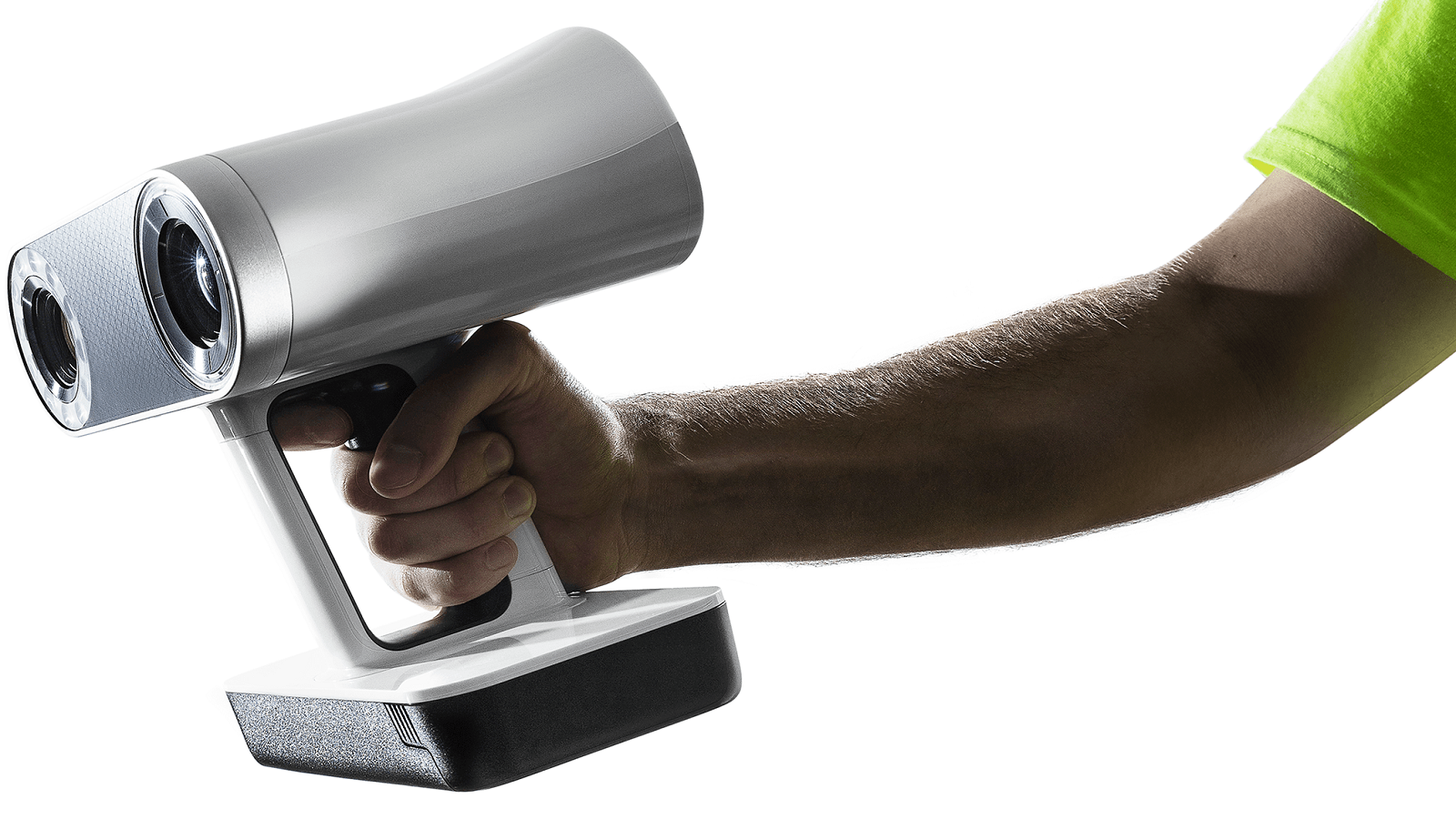Shaping the Future: AI’s Future Role In 3D Scanning
In the following article executives from 3D scanning company Artec3D provide their respective visions for the evolving use of AI in 3D scanning workflows.
Gleb Gusev, Chief Technology Officer & Co-founder at Artec 3D:
“With AI, photogrammetry can also reconstruct objects, areas, and people with unprecedented quality. Excitingly, AI photogrammetry has the potential to open 3D scanning to an entirely new user base, as it’s compatible with any smartphone or DSLR camera.
There are many scenarios where utilising this technology alongside traditional 3D scanning would help you get the best out of both. For example, you can capture an object with a 3D scanner, then reconstruct the entire surrounding scene with AI photogrammetry. In future, I believe these algorithms will get better and faster. Already, these algorithms can handle shiny, semi-transparent, and featureless surfaces – areas where traditional photogrammetry struggles. AI-powered reconstructions will only get more accurate. I anticipate that they are going to liberalize 3D scanning and open the technology to new markets.”
Sergey Sukhovey, Chief Experience Officer & Co-founder at Artec 3D:
“3D scanning users are continually looking for higher quality results, but this requires the collection of a tremendous amount of data. As software needs to digest such data, big projects can take hours to process. AI helps users handle captured 3D scans, by filtering out noise to deliver a qualitative result. Advances in the technology mean this workflow can also be achieved faster while using less storage – this is essential for cloud-based processing.”
Andrei Vakulenko, Chief Business Development Officer & Co-founder at Artec 3D:
“We see a huge new opportunity for AI in photogrammetry. Instead of a long, boring process of picking through 1,000s of photos, AI allows you to just take a video or much smaller number of photos with your smartphone and achieve the same result. In some cases, you can even get to the same level as low-to-medium priced 3D scanners.”
“We anticipate that this trend will create significant opportunities, not just for SMEs, but for schools, colleges, and universities. Easier access to AI-powered photogrammetry will allow teachers to educate students on the potential of digital twins, additive manufacturing, and much more. This means budding engineers getting hands-on with the technology at a very early age. It may start with playful projects (like 3D scanning and printing models of each other), but it will also provide them with valuable skills, which can one day be utilized in the workforce.”
For more information: www.artec3d.com
